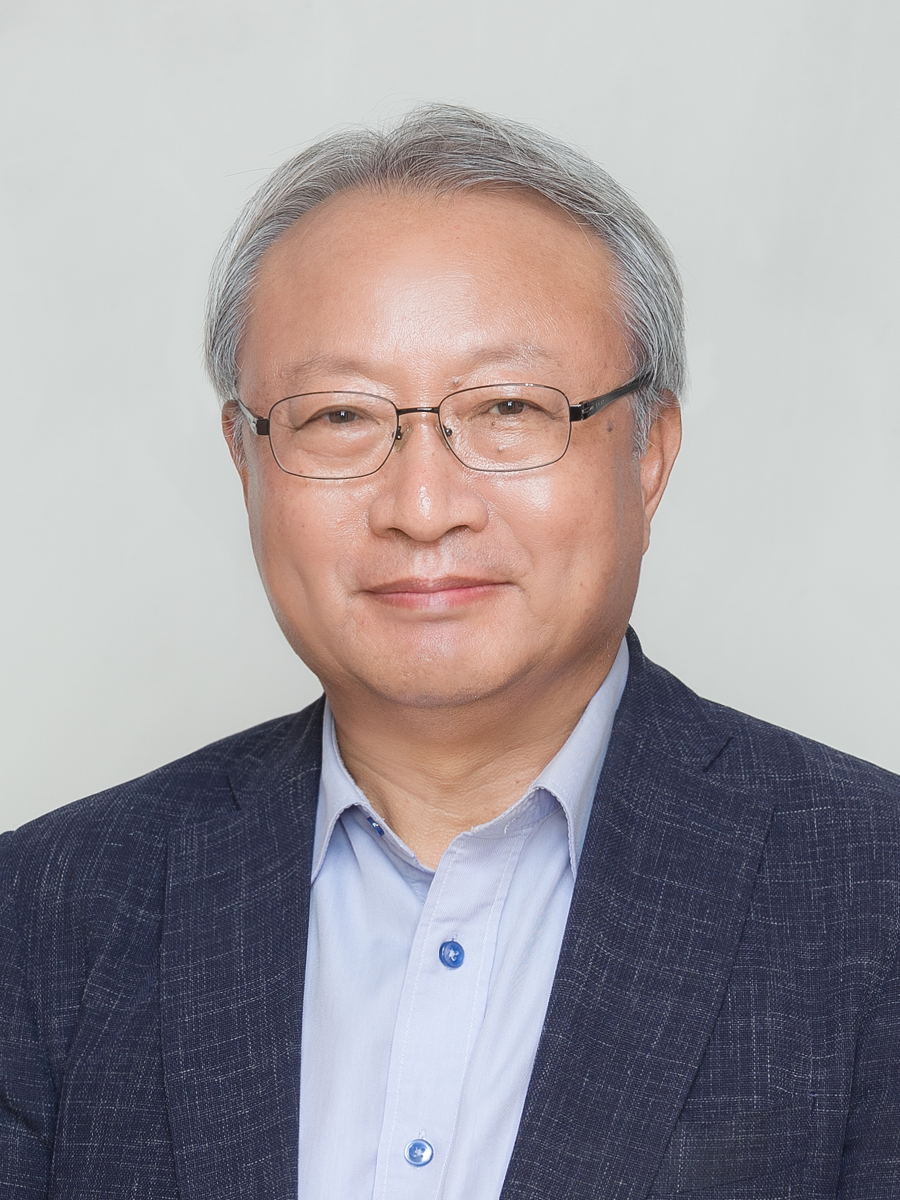North Korea’s regional development policy was initiated under Kim Jong Un’s leadership in 2024 as a means of alleviating the severe economic hardships and growing sense of relative deprivation experienced by local residents due to border closures during the pandemic. In 2025, the policy was significantly expanded under the banner of the “20×10 Regional Development Policy.” Large-scale infrastructure projects—including factories, hospitals, fish farms, greenhouses, and facilities for public health, cultural activities, and grain management—are currently underway in various regions. However, the policy’s sustainability is increasingly being called into question due to a severe shortage of resources, low levels of regional self-sufficiency, and the reliance on mass mobilization-based construction methods.
North Korea’s regional development policy is likely to fail as it faces serious sustainability challenges over the next two to three years, due to a lack of resources and a fundamentally anti-market policy orientation. If Kim Jong Un’s leadership fails to bring about tangible improvements in the lives of local residents and only exacerbates feelings of relative deprivation, economic issues could escalate into political ones, which poses a significant burden on the regime. Its regional development policy is unlikely to produce meaningful reform because extending the lifespan of the regional development policy would require a shift toward marketization and decentralization, and the North Korean regime returned to a centrally planned economy in 2019 and has tightened its control over markets ever since. However, if North Korea uses funds earned through closer ties with Russia to expand trade with China and encourages local governments to pursue regionally self-reliant measures through trade decentralization, such efforts may serve as stopgap measures. Nonetheless, unless this leads to broader reform and opening across the system, the policy will ultimately face structural limitations. If policy expansion continues without institutional improvement, it may deepen public discontent and lead to further loss of support. While North Korea currently benefits from a relatively favorable diplomatic environment and has planned events aimed at reinforcing internal unity, these may allow the regime to patch over policy shortcomings in the short term. In the long run, however, the policy is still highly likely to fail. The early signs of public discontent that are beginning to emerge within North Korea are likely to intensify around 2027 after a period of dormancy, as the failure of regional development policies becomes clear and Kim Jong Un’s diplomatic efforts falter. When the 9th Party Congress, closer ties with Russia, and the so-called “bromance” between Kim Jong Un and Donald Trump begin to reveal their limitations, calls for reform and opening may intensify even within North Korea itself.
In preparation, South Korea must begin laying the groundwork for a mid-to-long-term strategic approach to its North Korea policy. In the short term, this requires precise coordination in diplomacy and security, including efforts to deter provocations, respond to North Korea’s “going through the United States and bypassing South Korea” strategy, and manage the ROK–U.S. alliance. While South Korea may currently be forced into a defensive geopolitical posture, opportunities to adopt a more proactive strategy may emerge within a few years. Even amid the global spread of authoritarianism, South Korea should pursue a consistent North Korea policy aimed at mitigating the Suryong authoritative system, militaristic adventurism, and hardline authoritarianism of the North Korean regime.
First, while maintaining the current sanctions regime against North Korea, South Korea should adopt a strategy that encourages the North to feel the internal limitations stemming from the underperformance of its regional development policy. At the same time, South Korea should signal its willingness to provide humanitarian assistance and suggest the possibility of active investment and cooperation in regional development, should Pyongyang make a decisive move toward denuclearization. In parallel, South Korea must bolster its military capabilities in response to North Korea’s nuclear threat, thereby undermining the strategic utility of Kim Jong Un’s nuclear missile advancement by transforming it into a liability with diminishing returns. Furthermore, South Korea should remain vigilant against the illusion created by North Korea’s outward shift toward domestic construction projects, which may mask its continued pursuit of advanced military technology in close cooperation with Russia. Accordingly, South Korea needs to implement a consistent policy toolkit aimed at inducing the gradual evolution of the North Korean regime and expanding its willingness to pursue reform and opening. The regional development initiative can serve as a lever to promote decentralization and market-oriented reforms within North Korea’s economic system. It is essential to foster both domestic and international public opinion in support of encouraging North Korea to adopt a more open and cooperative stance toward engagement with the global community. Ultimately, a systematic and coherent North Korea policy is required—one that helps guide the regime away from its identity as a nuclear-armed rogue state and toward that of a normal state seeking reform and engagement.

 Facebook
Facebook Twitter
Twitter